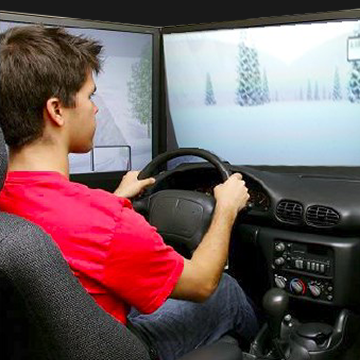The use of simulators in teenage driver training has become increasingly popular in recent years, as they offer a number of benefits over traditional in-car training.
One of the main benefits of using simulators is that they provide a safe and controlled environment for teenagers to practice driving. They allow teens to make mistakes and learn from them without the risk of causing real-world accidents. Additionally, simulators can simulate a wide range of driving conditions and scenarios, such as night driving, bad weather, or emergency situations, which can be difficult to replicate in actual driving.
Another benefit of using simulators is that they can provide more efficient and effective training. With a simulator, an instructor can pause or rewind a scenario to review and discuss a specific mistake or action with the student. This allows for more targeted and personalized instruction, which can be more beneficial for the student.
Simulators can also be used to track and analyze the performance of the student, providing the instructor with detailed data on their skills and areas for improvement. This can help instructors to better assess their students’ abilities and create more effective training plans.
Finally, simulators can also be used to test the student’s knowledge and skills before they begin driving on the road. This can help to ensure that they are ready and confident to drive before they get behind the wheel of an actual car.
In conclusion, simulators have become an essential tool for teenage driver training, offering a safe, efficient, and effective way to teach young drivers how to navigate the roads. They provide a range of scenarios, tracking and analysis of performance, and it can be used as a pre-test before actual driving.



